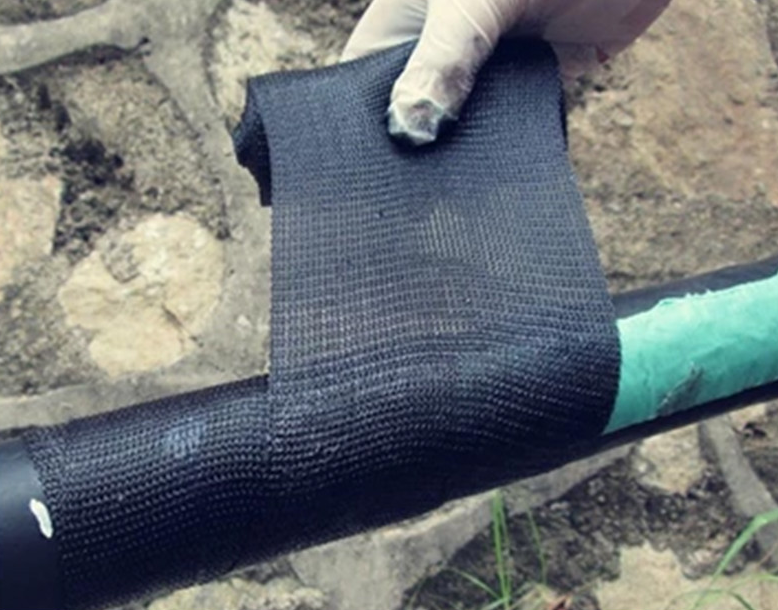The Importance of Butyl Weather Stripping in Home Insulation
As homeowners increasingly seek to improve energy efficiency and comfort in their living spaces, one product stands out for its practical benefits butyl weather stripping. This versatile and effective sealing solution plays a crucial role in preventing drafts, reducing energy consumption, and enhancing the overall functionality of a home. In this article, we’ll explore what butyl weather stripping is, its benefits, installation tips, and maintenance advice.
Understanding Butyl Weather Stripping
Butyl weather stripping is made from butyl rubber, a synthetic rubber known for its excellent sealing properties and resistance to various environmental factors. Unlike traditional weather stripping materials, butyl offers enhanced durability and is less prone to wear and tear over time. Its adhesive backing allows for easy application on a variety of surfaces, making it an ideal choice for sealing windows, doors, and other areas where air leaks may occur.
Benefits of Butyl Weather Stripping
1. Energy Efficiency One of the most significant advantages of using butyl weather stripping is its ability to reduce energy costs. By sealing gaps and preventing drafts, butyl weather stripping helps maintain a consistent indoor temperature, reducing the need for excessive heating or cooling. Homeowners can experience significant savings on their energy bills.
2. Durability Butyl rubber is resistant to moisture, UV rays, and extreme temperatures, which makes it particularly useful in areas with fluctuating weather conditions. This durability ensures that the weather stripping remains effective over time, providing long-lasting protection against air leaks.
3. Sound Insulation Another benefit of butyl weather stripping is its capacity to dampen sound. Sealing gaps and cracks with butyl helps create a quieter living environment, making it an excellent choice for homes located in busy areas or near sources of noise pollution.
4. Ease of Installation Butyl weather stripping is straightforward to install, making it accessible for DIY enthusiasts. Its peel-and-stick design means that homeowners can quickly apply it to the necessary surfaces without requiring specialized tools or skills.
butyl weather stripping

Installation Tips
To achieve the best results with butyl weather stripping, consider the following installation tips
1. Clean the Surface Before applying the weather stripping, ensure that the surfaces are clean and dry. Remove any dirt, dust, or old adhesive residue to promote a strong bond.
2. Measure Accurately Measure the areas you intend to seal accurately. Cut the butyl weather stripping to the appropriate lengths, making sure to account for corners and joints.
3. Press Firmly After peeling off the backing, press the weather stripping firmly into place, ensuring there are no gaps or bubbles. Proper adhesion is crucial for achieving an effective seal.
4. Test for Effectiveness After installation, test the effectiveness by checking for drafts. You can use a lit candle or incense stick to determine if air is passing through. If you detect any leaks, simply adjust or add more weather stripping as needed.
Maintenance
Butyl weather stripping typically requires little maintenance, but periodic checks can help ensure its longevity. Inspect the strips once a year, looking for any signs of wear or detachment. If you notice any compromised areas, they can be easily replaced or reinforced with additional strips.
In conclusion, butyl weather stripping is an excellent investment for homeowners looking to enhance energy efficiency, comfort, and aesthetics in their homes. Its durability and ease of installation make it a favored choice for tackling air leaks, while its sound-dampening properties offer an added benefit. By taking the time to properly install and maintain butyl weather stripping, you can enjoy a more comfortable and cost-efficient living environment for years to come.
-
XIANGFAN Rubber Tape-Ultimate Solutions for All Your Insulation NeedsNewsJun.24,2025
-
XIANGFAN Rubber Tape-Protection for Industrial and Residential ApplicationsNewsJun.24,2025
-
XIANGFAN Rubber Tape: Superior Safety and Sealing for Demanding EnvironmentsNewsJun.24,2025
-
XIANGFAN Rubber Tape: Reliable Solutions for Every Electrical ChallengeNewsJun.24,2025
-
XIANGFAN Electrical & Industrial Tape: Powering Reliability Across IndustriesNewsJun.24,2025
-
XIANGFAN Electrical & Industrial Tape: Excellence in Every ApplicationNewsJun.24,2025
